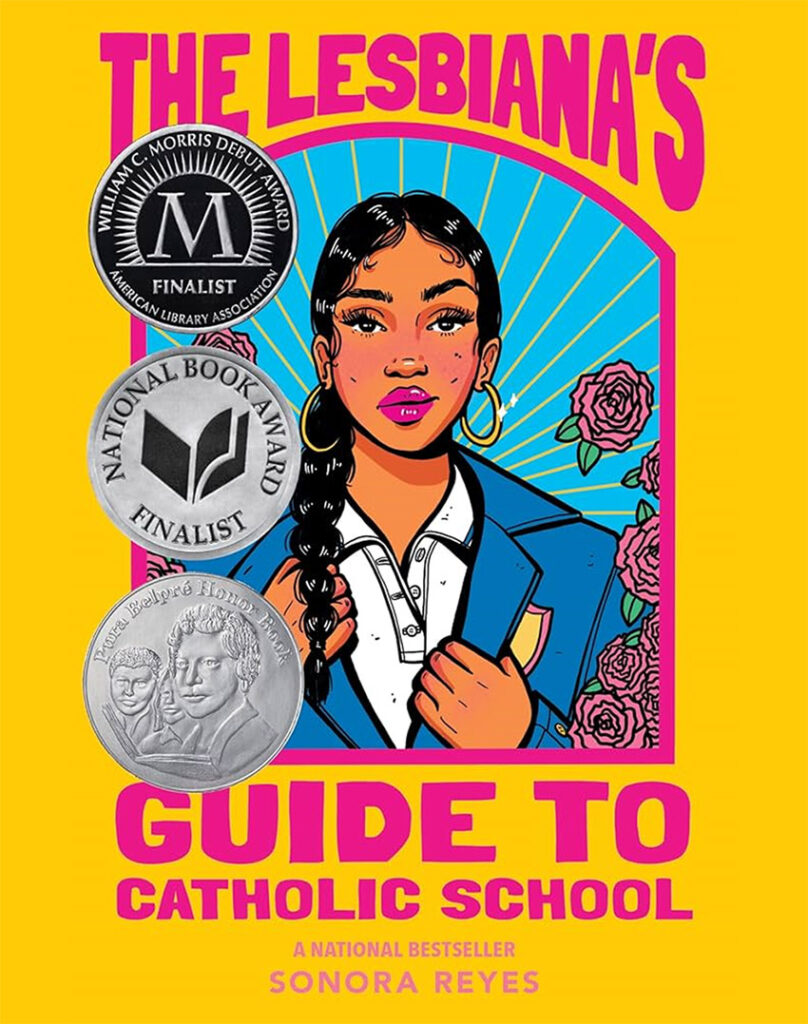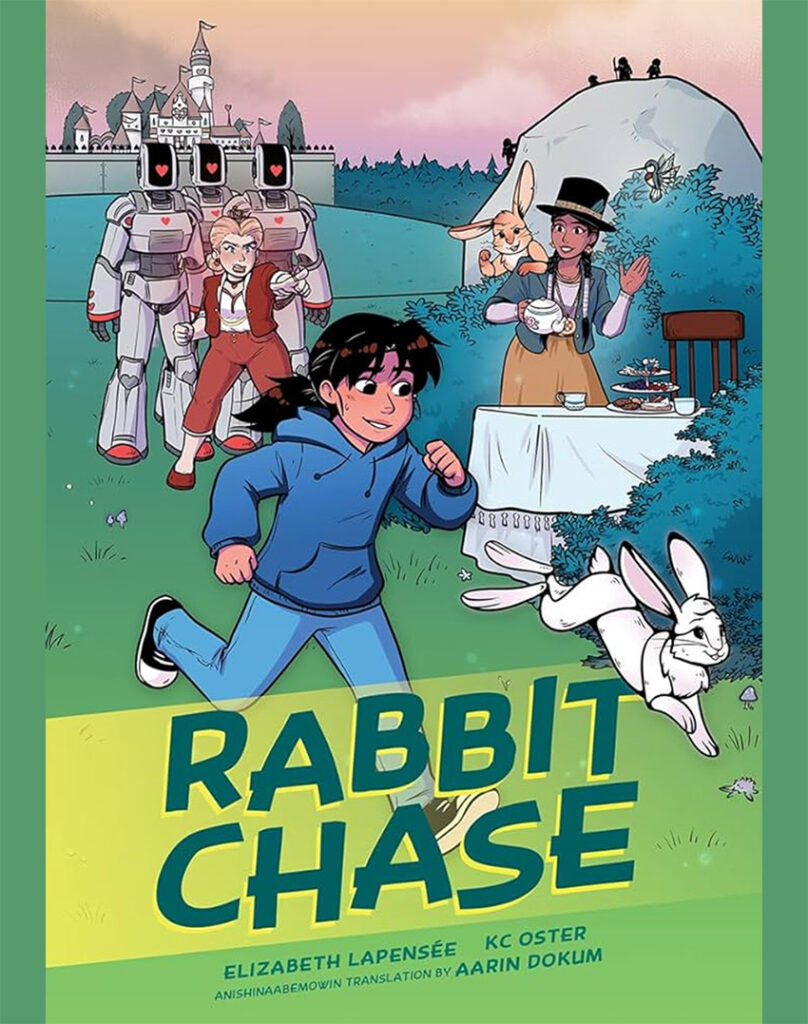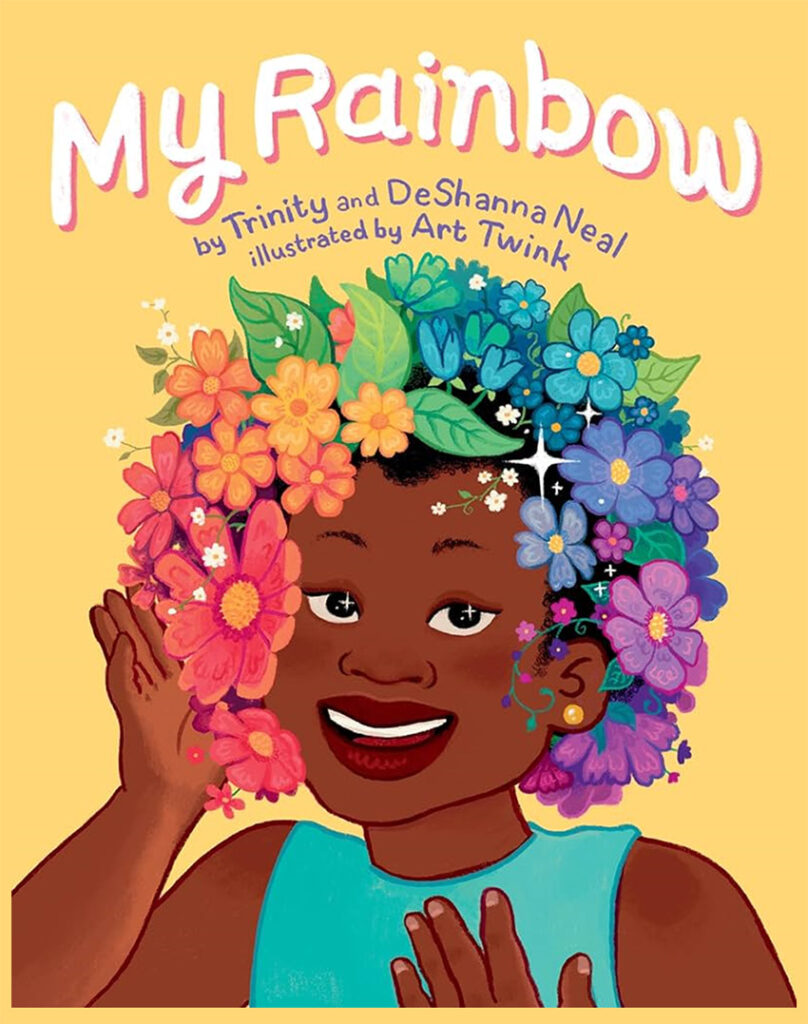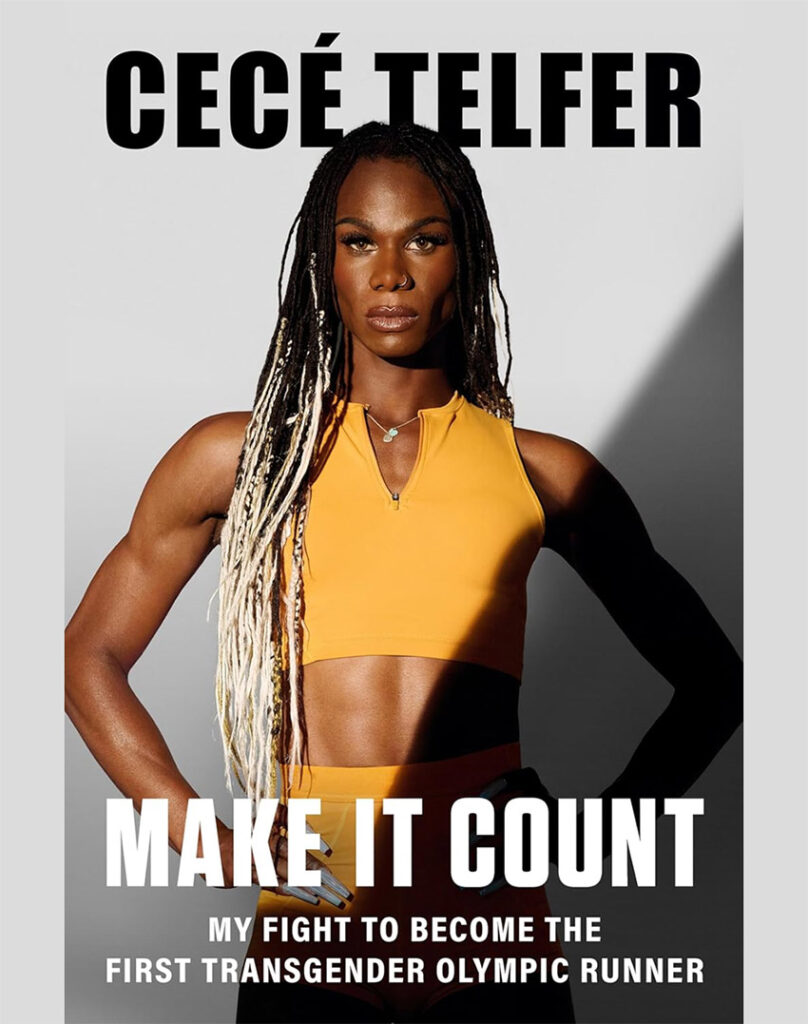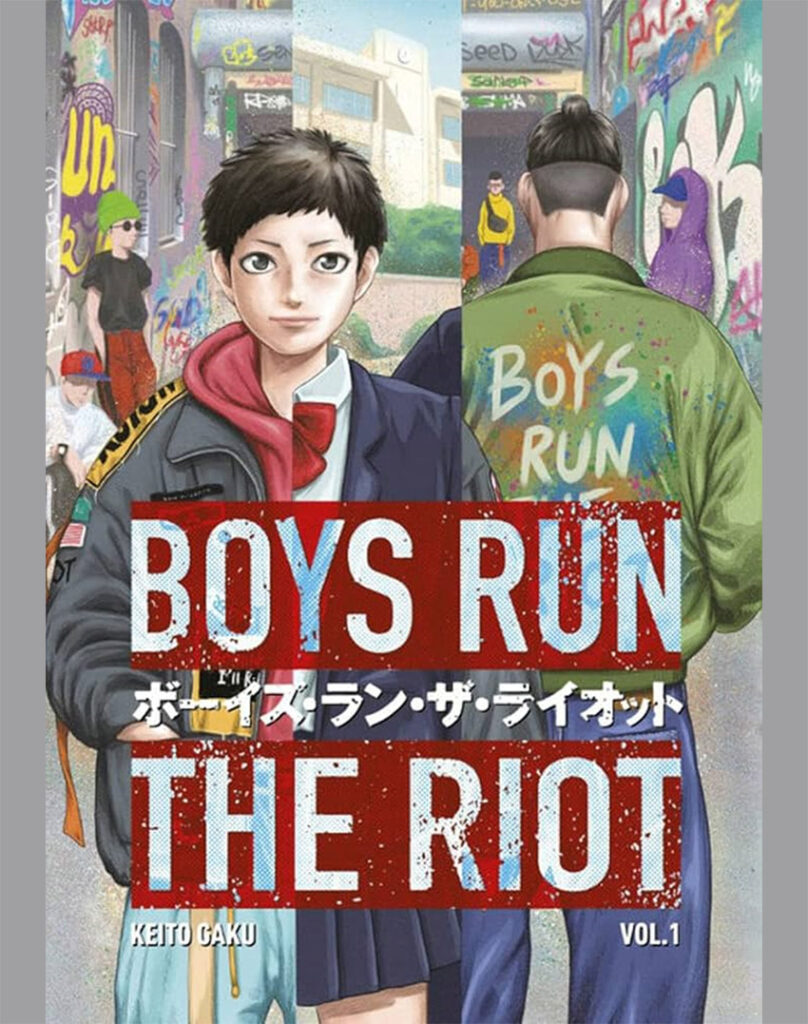More Authentic and Complex Transgender Representation in Children’s Books
LGBTQ books for children help students understand diverse gender identities, experiences, and families. They need authentic representation.
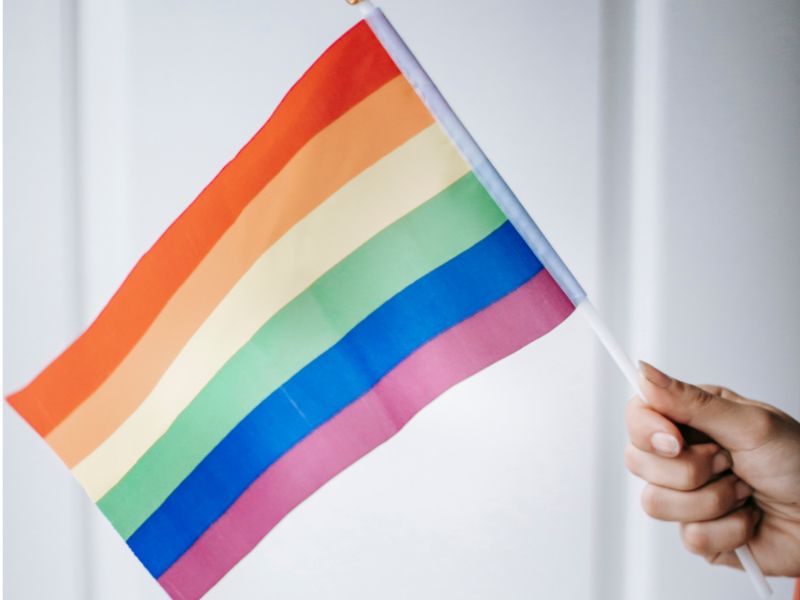
I remember the summer after eighth grade when I noticed a new bookshelf marked “LGBT” at my local library. That afternoon, I spent 45 minutes standing near that shelf before I felt sure that nobody was looking at me. I finally tiptoed over to the LGBTQ+ bookshelf and started scanning the titles.
I knew I wasn’t like most girls, and I knew that I wanted to be a boy, but I wasn’t sure if there was a word for that. I searched the cover art and the synopses for hints of what I could feel hidden in me. Was I the only one who felt more complete in cargo shorts than capris? Were there any other kids who felt like boys, but didn’t like sports? And now, I’m a teacher — Mr. Long, high school science teacher in Denver, Colorado.
Today, LGBTQ+ titles occupy multiple shelves in the children’s and young adult sections of many libraries, and young people can even use reading apps like Sora or Libby to access content privately. But what stories are available to students with questions about their gender identity or sexual orientation? When transgender identities are portrayed in children’s books, what do children learn about themselves from those characters?
In the widely popular picture book, “I Am Jazz” by Jessica Herthel and Jazz Jennings, Jazz proclaims, “I have a girl brain but a boy body. This is called transgender.” Though Jazz has interests that are atypical of her assigned sex, the presentation of her interests and of her transgender identity are binary — she only liked princesses and never trucks, and this is presented as evidence of her “girl brain.” The additional justification of “I was born this way!” does not leave room for the many transgender individuals whose identity or feelings change during their lifetime. When I look at the transgender stories told in children’s books, I see many that take a single, often narrow view of what it looks and feels like to be trans, and they miss an opportunity to present more options.
A broader and more inclusive definition of transgender is found in “When Aidan Became A Brother” by Kyle Lukoff, which features a kid who doesn’t act how people expect girls to act. Family members acknowledge that there are many ways to be a girl, but since Aidan “didn’t feel like any kind of girl,” Aidan understands he is transgender. The reader sees Aidan undergoing a transition that includes a name change, room redecorating, and new clothes. Aidan even looks forward to becoming a big brother as his mom is pregnant.
Some books model the exploration of gender identity. Can a person be neither a boy nor a girl? In “Simply Skye” by Pamela Morgan, a kid named Avi uses a doll, who is not a boy or a girl, to explain their nonbinary identity to their family. Maia Kobabe, a nonbinary author who uses ey/em/eir pronouns, expands on the dynamic complexity of identity in the graphic novel memoir “Gender Queer.” Kobabe retells their journey involving many changes to gender identity, presentation, and feelings spanning from childhood through 20s. Although this is just one person’s story, it sends a message to readers that it’s natural to be unsure about who you are.
In the picture book “What Makes a Baby,” sex educator Cory Silverberg explains that it takes a sperm and an egg to make a baby, and the baby grows in a uterus — some bodies make the egg, some bodies make the sperm, and some bodies have a uterus. The story applies equally to children who were adopted or conceived using reproductive technology or surrogacy. By decoupling gender from body parts, Silverberg makes the story of reproduction accessible to all readers. Their follow-up book for middle schoolers is titled “You Know, Sex: Bodies, Gender, Puberty, and Other Things.” Books like this offer youth an essential primer on navigating hormones, reproduction, development, power, pleasure, and boundaries. They give transgender youth the chance to grow up with confidence and self-assurance rather than shame and confusion.
The trait of body fat is addressed without shame in “Every Body: A First Conversation about Bodies” by Megan Madison and Jessica Ralli. The picture book illustrates diverse human bodies and reads, “Every body has fat. Fat is beautiful and important. It’s one way that our bodies store energy. We all have different amounts of fat, and our bodies keep the fat in different places.” This is a powerful message for transgender individuals because visible fat distribution is often associated with gender attribution.
Gender transition does not need to be the focus of every story, and sometimes it is valuable to show trans characters as members of families. In “Different Kinds of Fruit” by Kyle Lukoff, the main character’s dad is a post-transition trans man. In “Grace Needs Space!” by Benjamin A. Wilgus and Rii Abrego, the protagonist has divorced parents called Ma (mom) and Ba, who uses the honorific Mx. Representation of diverse families is important for young readers who will use the books that they read to develop an idea of what kinds of families are “normal.”
Indeed, narrow concepts of gender identity and family structures are especially limiting as students learn more about animal biology in their science classes. In “It’s a Wild World” by S. Bear Bergman, a group of children enjoy a zoo tour of animals whose behaviors resemble human patterns of gay, bisexual, and transgender identity — male seahorses give birth, parrotfish change sex from female to male, and bearded dragons with male chromosome pairs lay eggs. These true and common animal variations reinforce the understanding that diversity is a part of nature. Once young people come to expect that gender and sexual diversity are naturally occurring and found almost everywhere, then they can begin to understand how each sort of family, behavior, or anatomical structure has a function and a physiological basis.
To transition and to live authentically as my gender was an act of agency, and many books portray real trans people taking agency over their bodies, their presentation, and even their place in society. “If You’re A Kid Like Gavin” by Gavin Grimm and Kyle Lukoff tells the story of a young trans man who proved that his school had violated his constitutional rights — a decision that was upheld in the Supreme Court. “Ho’onani: Hula Warrior” by Heather Gale and Mika Song tells the story of a Native Hawaiian kid who feels in between a girl and a boy. She skillfully leads a hula chant that is traditionally reserved for boys and gains the respect of those around her.
Within many books that center transgender characters, it is uncommon to have stories about trans characters doing things other than transitioning. In “Something Great” by Jeanette Bradley, a nonbinary child named Quinn builds an invention out of string and a milk carton that can do many things, including attract a friend with similar interests. Trans characters race to solve mysteries in “Zenobia July” by Lisa Bunker and “The Fabulous Zed Watson!” by Basil Sylvester. In “Elle Campbell Wins Their Weekend” by Ben Kahn, a nonbinary tween protagonist schemes to get out of detention in order to meet their hero. Trans identity comes up often for these characters as they navigate the plot, but being trans is not the central focus.
With widely accessible LGBTQ+ young adult and children’s books, young readers can now appreciate the roles of transgender people in history. Children’s books portray the accomplishments of trans historical figures including computer scientist Lynn Conway, Civil War soldier Albert Cashier, and physician James Barry. These stories provide valuable access to role models for trans youth who are contemplating careers and wondering, “Can a trans person even do this?” But what’s missing is representation of modern and living trans people in diverse careers. For example, the visibility campaign 500queerscientists.com profiles LGBTQ+ people working in STEM fields, and its messages of affirmation and community are just waiting to be adapted for a younger audience.
There is a vast array of children’s books that provide very strong portrayals of what it means to be transgender and the multitude of ways that can look. This is valuable for youth who are trans, questioning, and have trans family members, but also for any reader learning about the diversity of the world that they live in. More complexity within trans stories, and a shift away from focusing on the transition process, will expand the impact of these books for future generations and give future readers a shelf full of ways to be.
Sam Long is a transgender high school science teacher in Denver, Colorado, the recipient of a 2021 NEA Human and Civil Rights Award and a 2020 Teaching Tolerance Award for Excellence in Teaching, and co-founder of Gender-Inclusive Biology.
Each piece in this series is accompanied by relevant resources and book recommendations provided by one of our partners, with input from the authors.
Advocates for Trans Equality (A4TE) fights for the legal and political rights of transgender people in America. Leveraging decades of experience on the frontlines of power, we shift government and society towards a future where we are no less than equal. Our policy experts, litigators, and community organizers work at all levels of government to ensure trans voices are not only heard but embraced in rooms where they’ve long been ignored. As a trans-led nonprofit, we also help our community navigate the realities of law and policy through vital tools, knowledge, and services, touching on topics such as student rights in school, how to navigate government identification, and understanding rights at the polls. To learn more, join one of A4TE’s upcoming events.
A4TE recommends The Advocate Educator’s Handbook: Creating Schools where Transgender and Nonbinary Students Thrive and Free to Be: Understanding Kids and Gender Identity as resources for learning about supporting transgender students.
GLSEN is the leading national education organization focused on safe and inclusive schools for LGBTQ+ youth and educators. One GLSEN program, the Rainbow Library, sends free LGBTQ+ affirming K-12 books and resources to schools in 33 states. Over 60% of 2023-2024 Rainbow Library books were written by authors of color and 50% were written by trans or nonbinary authors.
Request free books from GLSEN’s Rainbow Library, including:
Use Rainbow Library elementary curriculum in your classroom. Get informed about students’ freedom to read with the Rainbow Library Censorship Webpage.

